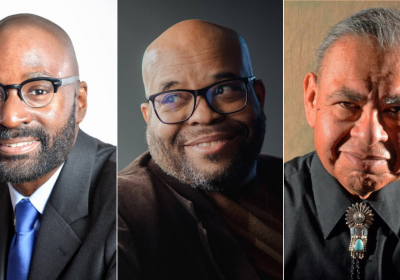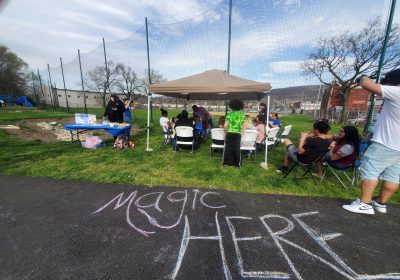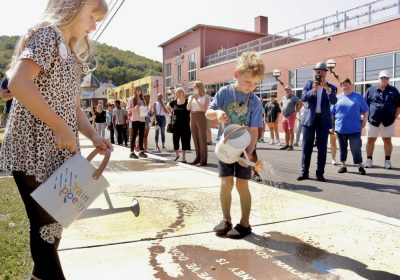From Chinese Shadow Puppetry, which tells tales of moral lessons and reinforces cultural customs, to Griots in West Africa who use anecdotes to conserve family and cultural histories, stories communicate ideas, share lessons and carry tradition. Today, one of the most popular blogs and best-selling books in the United States, Humans of New York, comprises stories gathered from residents on the streets of New York City.
Similar to the way that stories can shape an individual’s outlook on life, sharing stories about your community can help to transform it. Storytelling is an excellent tool for successful community planning; it can help to engage those voices that are unrepresented and bring to light the values and interests of those living and working closely together.
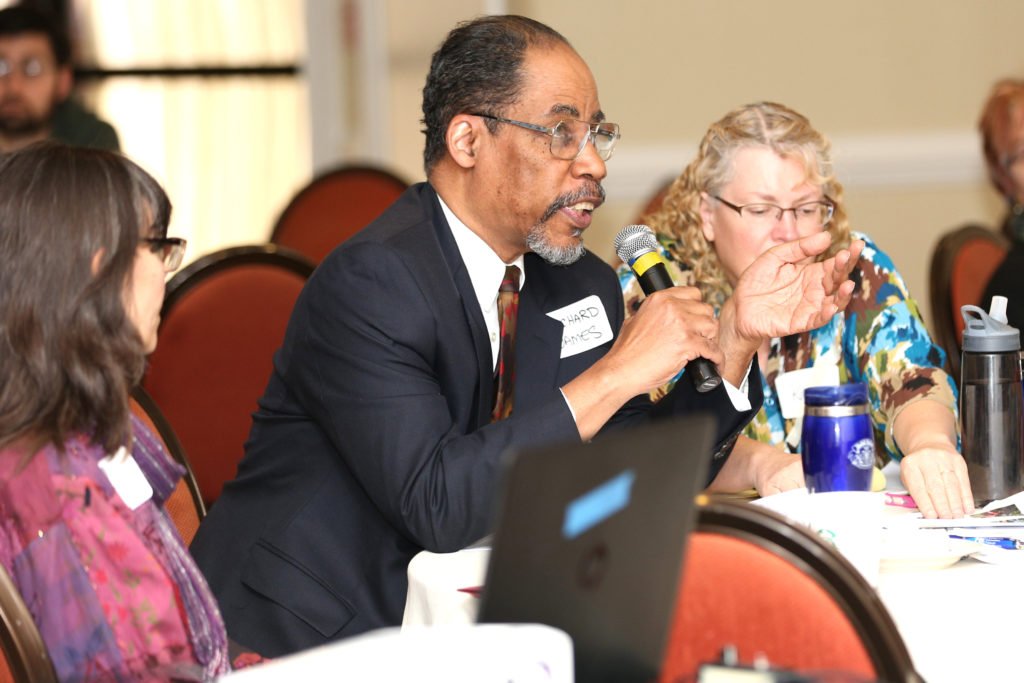
In April 2016 the Pennsylvania Humanities Council (PHC) and the Orton Family Foundation held a workshop titled “Stories to Action” in Harrisburg. The workshop reflected PHC’s and Orton’s shared view that, by tackling community issues through a humanities-based approach such as storytelling, residents are more likely to become engaged.
In fact, Orton’s nationally proven Community Heart and Soul® method provides a framework for PHC’s work with Pennsylvania Heart & Soul Communities, and the workshop was developed primarily to serve as training for them. Additional participants included staff from the Federal Reserve Bank of Philadelphia, Lehigh Valley Planning Commission, ennsylvania Department of Community and Economic Development, Pennsylvania Department of Conservation and Natural Resources, and U.S. Department of Housing and Urban Development.
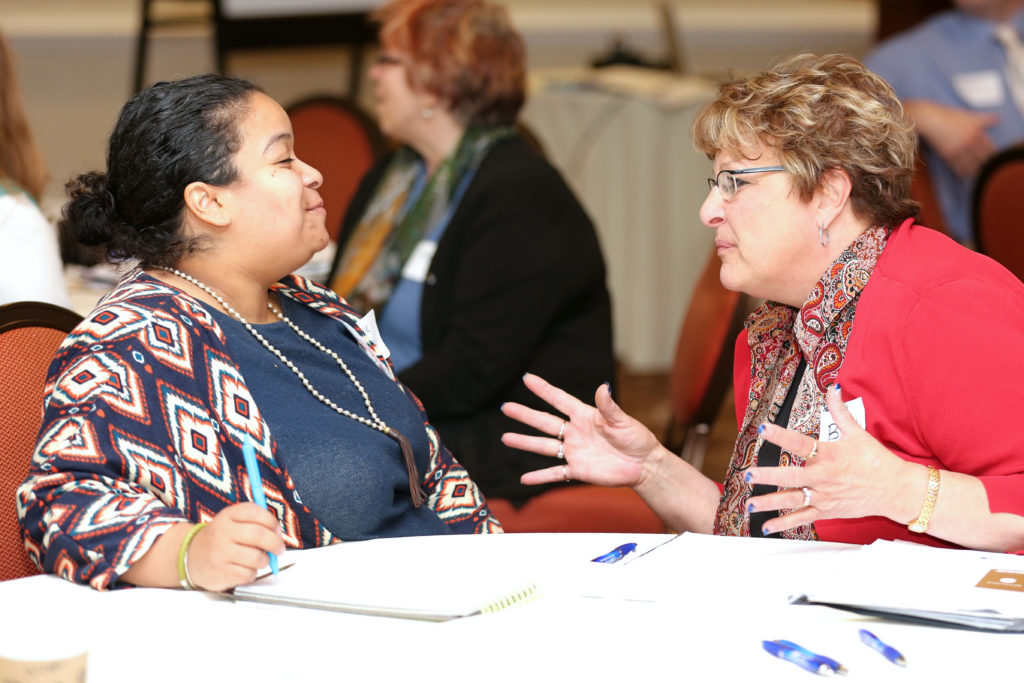
Orton staff made presentations on how storytelling and story-gathering can help communities build brighter futures, as well as best practices to follow during the process. In broad strokes, gathering information in story form can provide insight on hard-to-answer questions like “What does it mean to be a resident of a given community? What unifies the community? Why don’t all residents get along with one another?” And help find common ground around questions like “What do you love about your town?” and “What would you change?” The relevancy of the humanities becomes even more apparent during the data-analysis process, in which stories are examined, relevant data is extracted, and patterns highlighting what matters most to residents emerge. Finally, the analysis leads to a plan for action based on what matters most to everyone.
“Storytelling can strengthen a community,” said Sara Lightner, senior associate of programs training at Orton. “If you don’t share those stories, you’re missing chances to build bridges.”
The goal of Community Heart & Soul is to involve as many residents as possible, including those who are underrepresented and have not typically had a voice in their community planning process. Story gathering is the first step in engaging those missing voices and learning what is important to the community. The next step, identifying core, shared values, called Heart & Soul Statements, is key to setting the stage for meaningful and transformative plans for action.
As Lightner and other Orton staff members explained it, gathering stories can be intentional, which means targeting a certain group/demographic and asking specific questions, or it can be broad, just to get a general consensus. Story gathering can also vary from deeper or “thick” questions such as, “Tell me about your experiences with your community park” to more simple or “thin” questions like “Name three characteristics that describe your community.” Regardless of the level of engagement, what is critical is close listening and dissecting the story to find the “data” or important key points that the storyteller is relaying.
The common themes that emerge are vetted with the community and, if they ring true, they become Heart & Soul Statements that will inform the actions that follow.

“If you don’t share [stories] you’re not going to get ideas, and ideas lead to action,” Leanne Tingay, senior associate of programs at Orton, told the group.
In efforts to increase understanding and avoid biases, some best practices for the story gathering and listening include the following: encourage individuals who were not formally involved in the process to listen to the stories for data; explain to the community what the data means and where it came from; and verify the data with the residents in the community.
“Make sure data points are rooted in individual stories and not ideas projected onto the story,” advised Lisa Jo Epstein, co-director of Our Germantown Heart & Soul.
From left to right: Chris Varner, Greater Carlisle Heart & Soul; Leanne Tingay, Orton Family Foundation; Lindsay Varner, Greater Carlisle Heart & Soul.
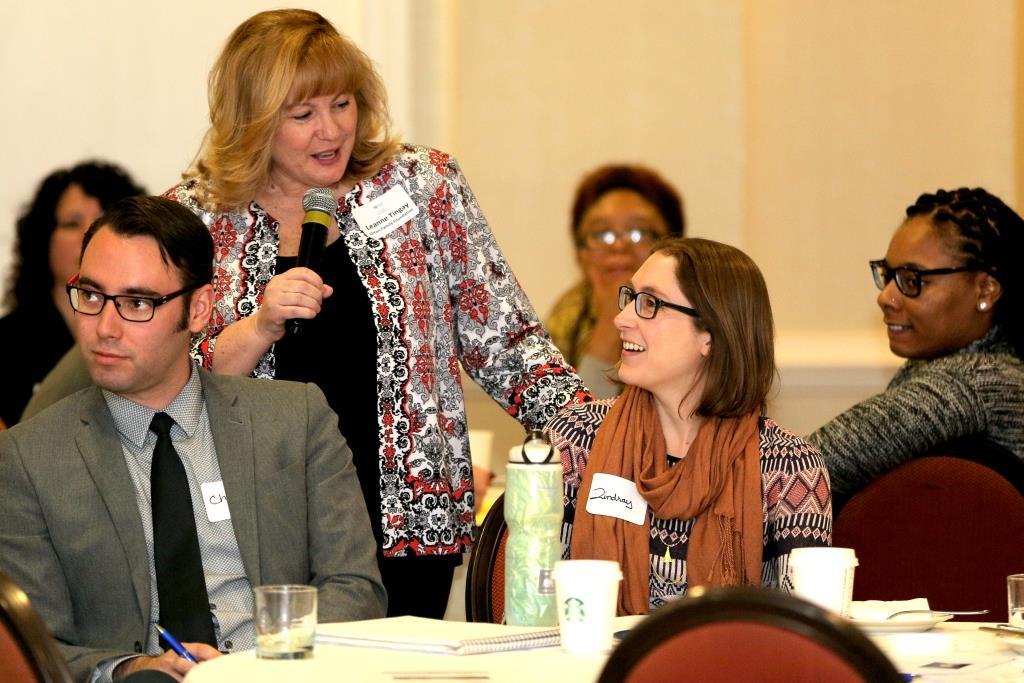
After the storytelling/story-gathering process is complete, a Heart & Soul community’s leadership team and residents come together to brainstorm ideas about how to protect and reinforce the community’s values. These ideas then become options for action, and once these options are prioritized, they form an action plan that represents the shared values of all residents.
“Through this process, the humanities are helping residents to revitalize their communities,” said Laurie Zierer, executive director of PHC. “By sharing stories, residents are opening pathways for learning and sparking dialogue that will result in the actions needed to transform their communities and public processes.”
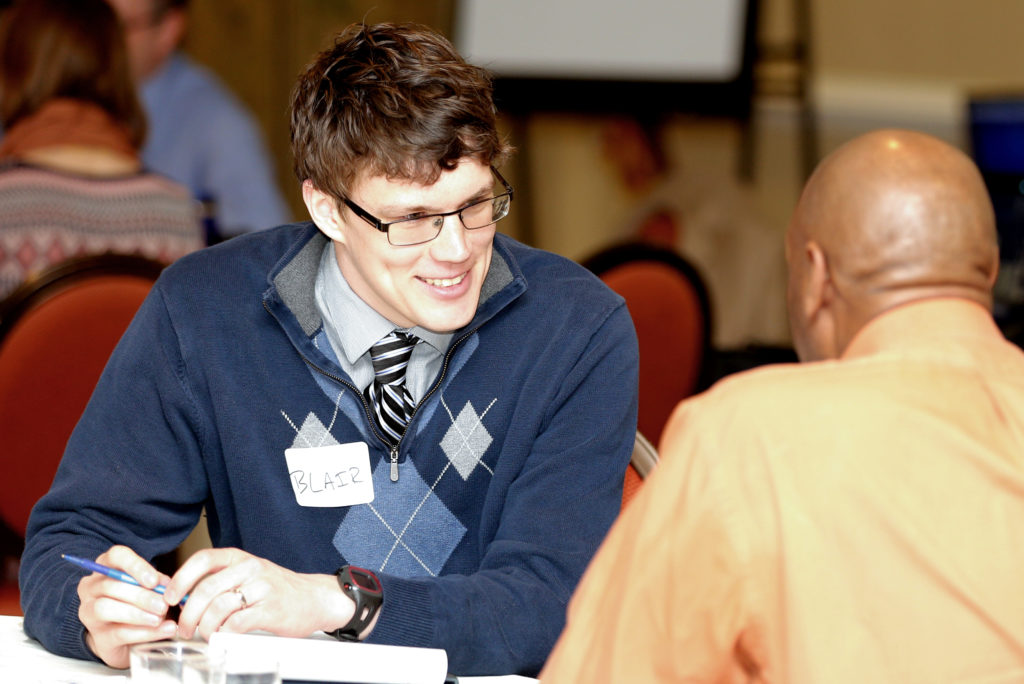
![[color – dark bg] PA SHARP FINAL FILES DB 72dpi [color - dark bg] PA SHARP FINAL FILES DB 72dpi](https://pahumanities.org/uploads/files/elementor/thumbs/color-dark-bg-PA-SHARP-FINAL-FILES-DB-72dpi-phgl7aimtfdpzt2rscvl43ksfv3asbbls19lsvuacw.jpg)
